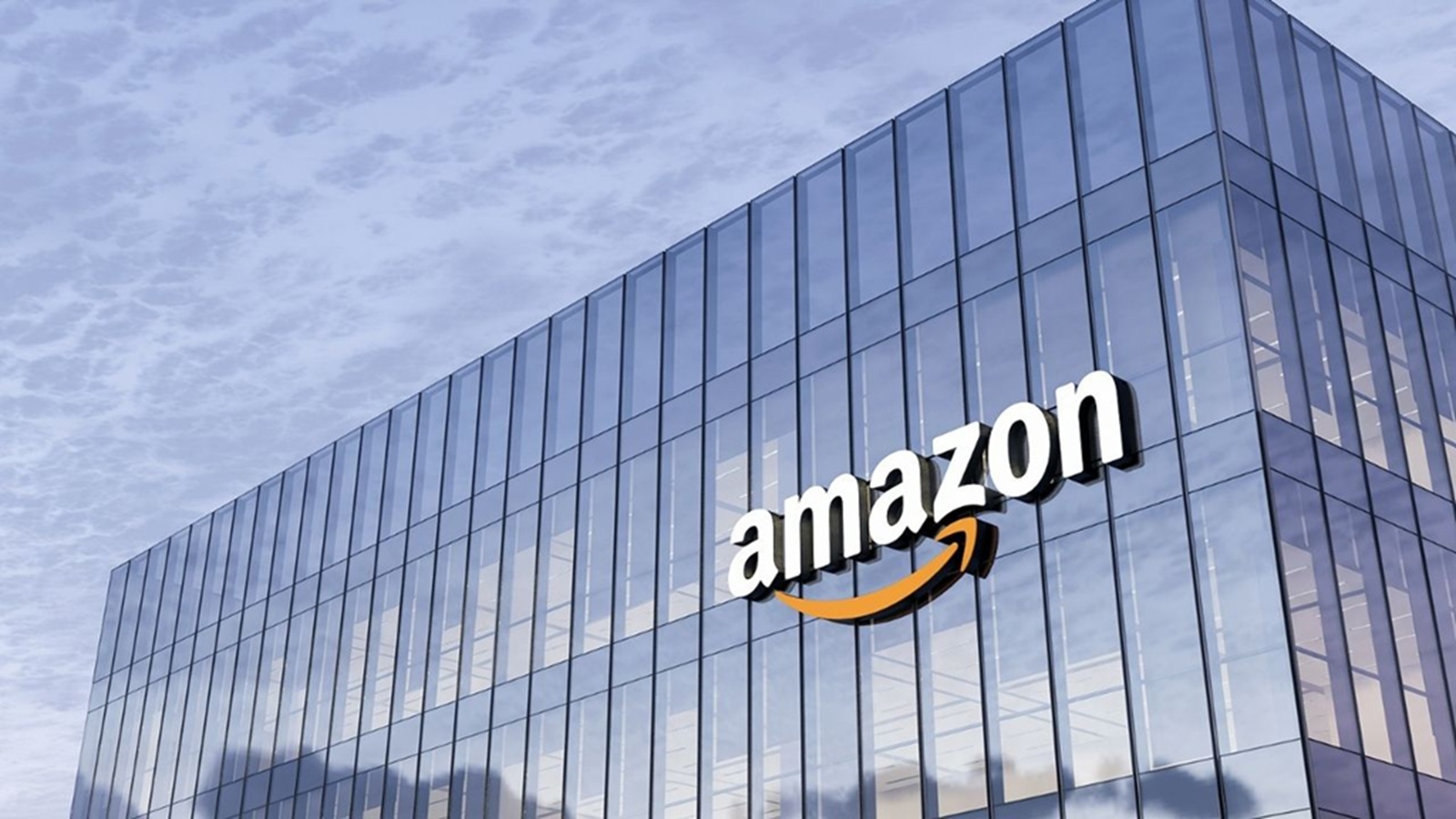Copyright scmp

Less than a week after a high-profile summit between President Xi Jinping and US President Donald Trump – a meeting that cooled the trade conflict between Beijing and Washington after months of heated recriminations – American exhibitors are expected to be more visible at this year’s China International Import Expo (CIIE). More than a dozen agricultural producers from US breadbasket regions will display their wares at a special pavilion at the high-profile trade show, and several of the country’s multinationals are expected to set up booths at the expo venue in Shanghai, with some returning after multi-year absences. Officials from certain American states will also attend, the Post has learned. Observers said many participants are hoping for more orders at this year’s expo, which begins Wednesday and runs for six days, as they seek to capitalise on the renewed rapport between the two countries. That positive outlook was buoyed by last week’s summit between Trump and Xi – the leaders’ first in-person encounter in six years – that extended a tariff truce and de-escalated tensions on other fronts. As the world’s two largest economies implement the consensus forged during the meeting, the CIIE is an early indicator of how the reconciliatory turn in bilateral ties will play out on the ground. Many attending the fair expect the trade stabilisation to last beyond this year, industry insiders said. “Traders from both countries can now start talking about real deals at events like the CIIE, which holds potential for more business, not just for this year but also 2026,” said Cameron Johnson, a partner at Tidalwave Solutions, a Shanghai-based consultancy that serves American companies operating in China. “Sentiments are improving, even though uncertainties still linger … and American presence at the CIIE this year will be more prominent.” Since the showpiece expo’s launch in 2018, Beijing has used it to tout the vast potential of its consumer market for international firms and help assuage concerns over the country’s sizeable trade surplus with many of its economic partners. The CIIE comes shortly after the fourth plenum of the ruling Communist Party’s Central Committee, which set the tone for economic policy over the next half-decade with its recommendations for the country’s 15th five-year plan. In an op-ed that ran on the front page of People’s Daily on Tuesday, the party’s official press organ conveyed Beijing’s determination to keep markets open and goods flowing. “The fourth plenum made important arrangements for expanding opening-up for win-win cooperation with other countries. The CIIE is proof of China’s endeavour for the world economy and globalisation to prevail against headwinds.” After last week’s summit, Beijing has pledged to import more goods from the US. Bulk orders of soybeans – a major source of revenue for American farmers – have already resumed after months of inactivity, with more purchases expected in the wake of the bilateral agreement. Agriculture will take centre stage in the expo’s 350-square-metre (3,767 square feet) “American Pavilion”. Featuring food and farm products from 19 producers and traders, the pavilion will be opened by US Department of Agriculture representatives on Thursday. In 2024, the pavilion had 14 participants. It hosted 17 in 2023. Exhibitors at the pavilion this year include the Idaho state government, the Western US Agricultural Trade Association, the US Meat Export Federation, the US Poultry and Egg Export Council, the USA Rice Federation, the National Cotton Council of America, the California Wine Institute and the Ginseng Board of Wisconsin. Outside agriculture, some of the US’ largest companies appear poised to seize on the opening the detente has presented. Electric vehicle maker Tesla is among the American corporate titans set to present their latest products at the expo. After a two-year absence, the firm will return to the CIIE to showcase its driverless robotaxi, the Cybercab, for the first time in the Asia-Pacific region. Other heavyweights from the US that will set up booths include 3M, FedEx, GE Aerospace, Qualcomm, Pfizer, Honeywell, DuPont, Ford, Intel and Salesforce, among others. Johnson of Tidalwave Solutions said trade and investment officials from some US states are also making their way to the CIIE. “Some US states that are known to be pro-business and friendly towards trade partnerships with China are sending people to Shanghai… to find ways to export more and also lure investments.” James Zimmerman, a lawyer in Beijing and a former chairman of the American Chamber of Commerce in China, agreed that the climate is improving. “Whenever the US and China hold meaningful and respectful dialogue, it logically follows that there is much opportunity for American business in the market,” he said. “But the current truce is fragile, and requires the business community to maintain its seat at the table to continue to emphasise the importance of the China market for American companies, workers, consumers and farmers.” The US is not the only country with companies looking to make a splash at the expo. Australia is also dispatching a delegation of 256 businesses to the CIIE, led by Canberra’s Minister for Trade and Tourism Don Farrell, who is scheduled to meet Chinese Commerce Minister Wang Wentao during his visit to Shanghai. “The record number of Australian businesses travelling to the expo means our world-class agricultural, industrial and services exports are on show and ready to meet Chinese demand,” Farrell said in a statement released on Tuesday. In the statement, Farrell’s office said commercial memorandums of understanding between Australian and Chinese businesses worth “millions of dollars” would be signed at the expo. Additional reporting by Ralph Jennings



